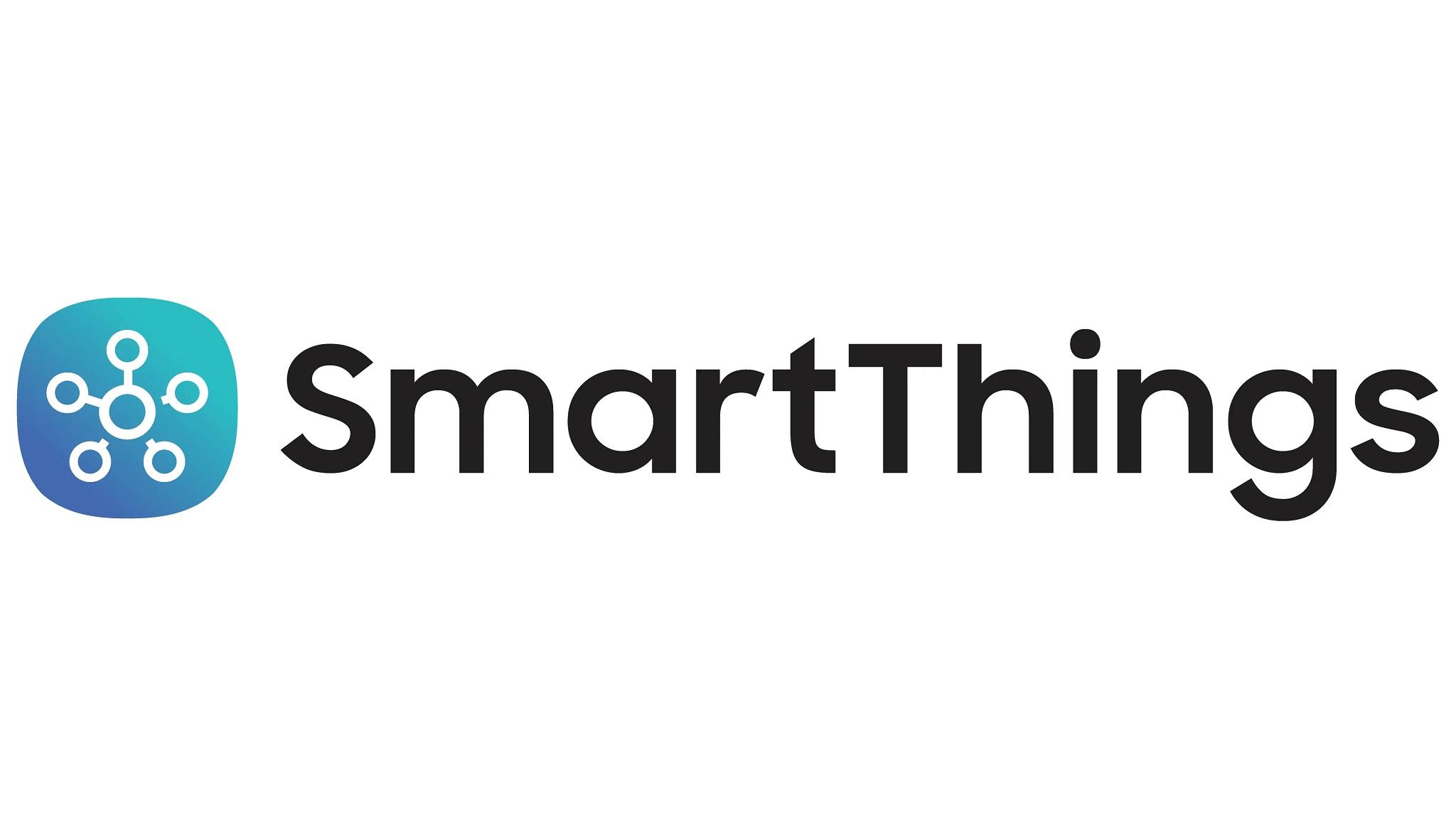| Characteristic | Description |
|---|---|
| Generic Name | Sitagliptin |
| Available Dosages | 25 mg, 50 mg, 100 mg |
| Drug Class | Dipeptidyl peptidase-4 inhibitor |
| Indication | Type 2 Diabetes Mellitus |
| Learn More | |
Pharmacokinetics
The pharmacokinetics of Sitagliptin 100 mg is pivotal to its therapeutic efficacy. Absorption peaks approximately 1 to 4 hours post-dose. The half-life extends up to 12.4 hours, facilitating once-daily administration. Sitagliptin undergoes minimal metabolism, predominantly excreted unchanged via renal pathways. This characteristic limits the risk of hepatic accumulation. In renal impairment, dose adjustments of Januvia 100 mg become necessary to prevent toxicity.
Bioavailability exceeds 87%, ensuring consistent plasma concentrations. Meal consumption does not substantially alter absorption, allowing flexible dosing schedules. The pharmacokinetic profile remains stable across different demographics, although geriatric patients may exhibit increased plasma concentrations. Regular monitoring ensures optimal therapeutic outcomes in diverse patient populations.
Off-Label Uses
While primarily indicated for type 2 diabetes, Januvia may occasionally see off-label application. Investigations explore its potential in pre-diabetic states and insulin resistance scenarios. The DPP-4 inhibition mechanism suggests possible benefits beyond glycemic control. Research into cardiovascular protection offers intriguing prospects. However, clinical validation remains imperative.
Exploratory studies hint at its utility in metabolic syndrome management. Its integration into polytherapy regimens, addressing multifactorial disorders, underscores its versatility. Nonetheless, clinicians must weigh evidence meticulously before pursuing off-label strategies with Januvia 50 mg.
Januvia Contraindications
Contraindications of Januvia necessitate careful patient selection. Known hypersensitivity reactions to Sitagliptin preclude use. Rare but severe anaphylactic responses warrant discontinuation. In individuals with type 1 diabetes or diabetic ketoacidosis, the medication offers no therapeutic benefit. Monitoring renal function remains crucial, especially in severe impairment.
Caution prevails when concurrent medical conditions predispose patients to heart failure. While not contraindicated, vigilant observation ensures safety. The intersection of contraindications and comorbidities informs personalized treatment plans.
Pregnancy and Breastfeeding
Pregnancy introduces complexities in medication management. Januvia 25 mg falls under Category B. Animal studies indicate no teratogenic risk, yet human data remains limited. Physicians must balance potential benefits against uncertain fetal impacts. During pregnancy, glycemic control remains paramount, often necessitating alternative therapies.
Lactation also demands caution. While data on excretion in human milk is sparse, the potential for infant exposure exists. Healthcare providers guide decision-making, evaluating necessity versus risk in breastfeeding mothers.
Adverse Effects
Adverse effects of Sitagliptin range from mild to serious. Commonly, patients report nasopharyngitis and headache. Gastrointestinal disturbances occasionally arise, necessitating symptomatic relief. Pancreatitis, though rare, poses a significant concern, prompting immediate medical attention if suspected.
Hypersensitivity reactions, including angioedema and Stevens-Johnson syndrome, demand vigilance. Regular monitoring and patient education mitigate risk. Early identification and intervention optimize safety during therapy.
Is Non-Prescription Januvia Available?
Januvia remains strictly prescription-based. Regulatory standards ensure appropriate medical oversight. Self-medication with Januvia 50 mg lacks safety validation, emphasizing the need for professional guidance. Prescription exclusivity safeguards patient well-being, aligning with pharmaceutical ethics.
Patients access Januvia through healthcare providers, ensuring tailored treatment approaches. Prescription status underscores the importance of adherence to clinical guidelines, fostering effective management of type 2 diabetes.
| Aspect | Details |
|---|---|
| Administration | Oral |
| Bioavailability | 87% |
| Metabolism | Minimal |
- Key Consideration: Renal Function
- Monitor for: Pancreatitis Symptoms
- Prescription Required: Yes




























